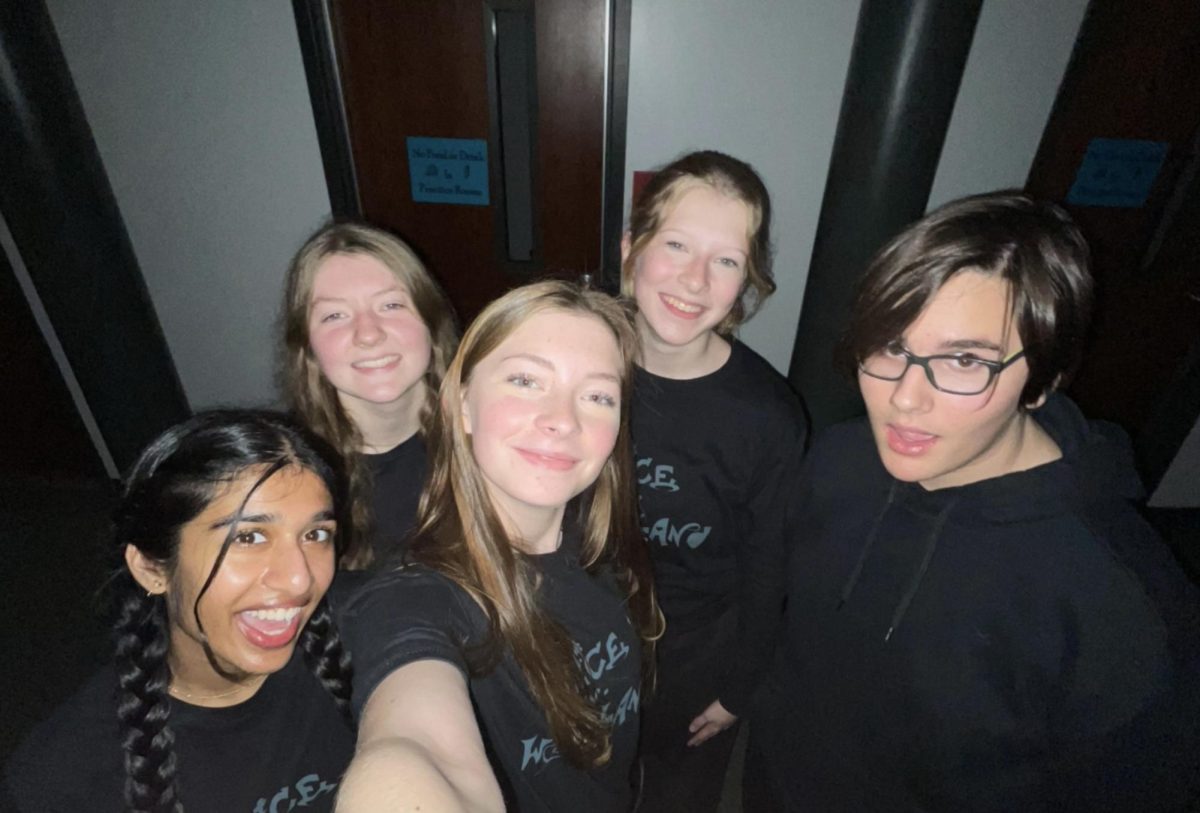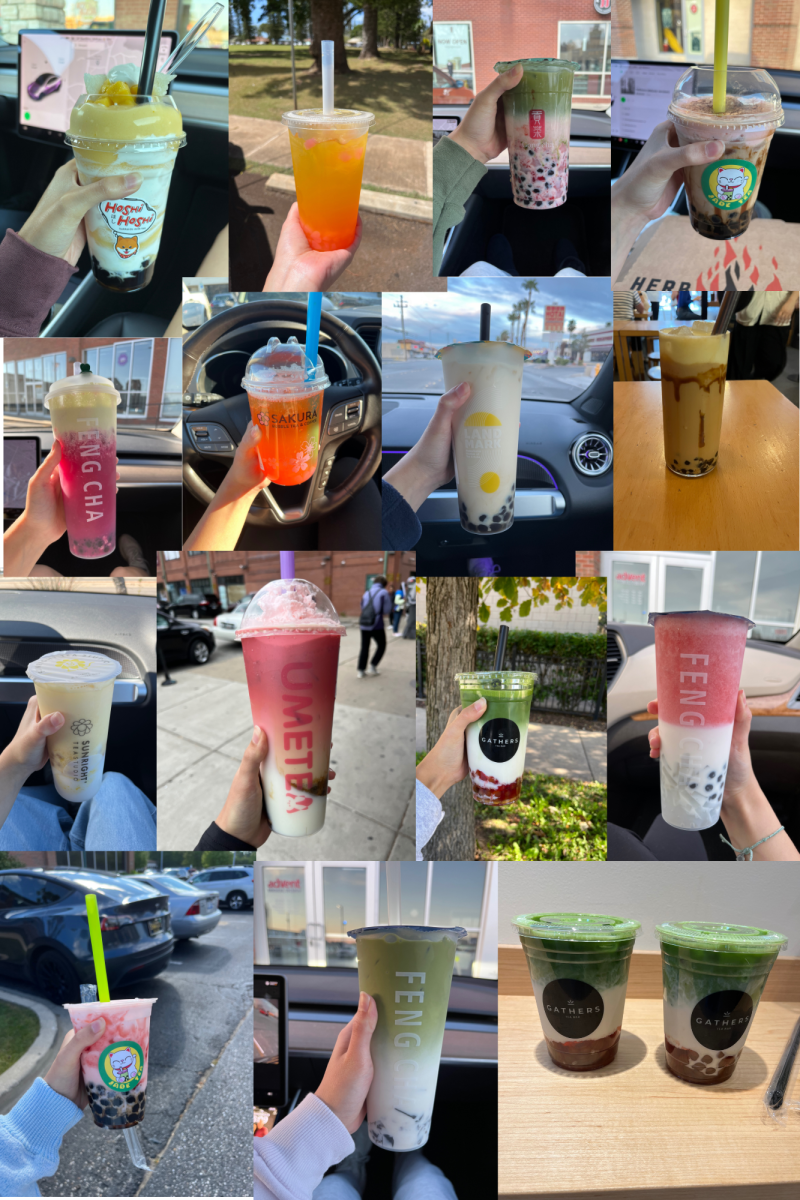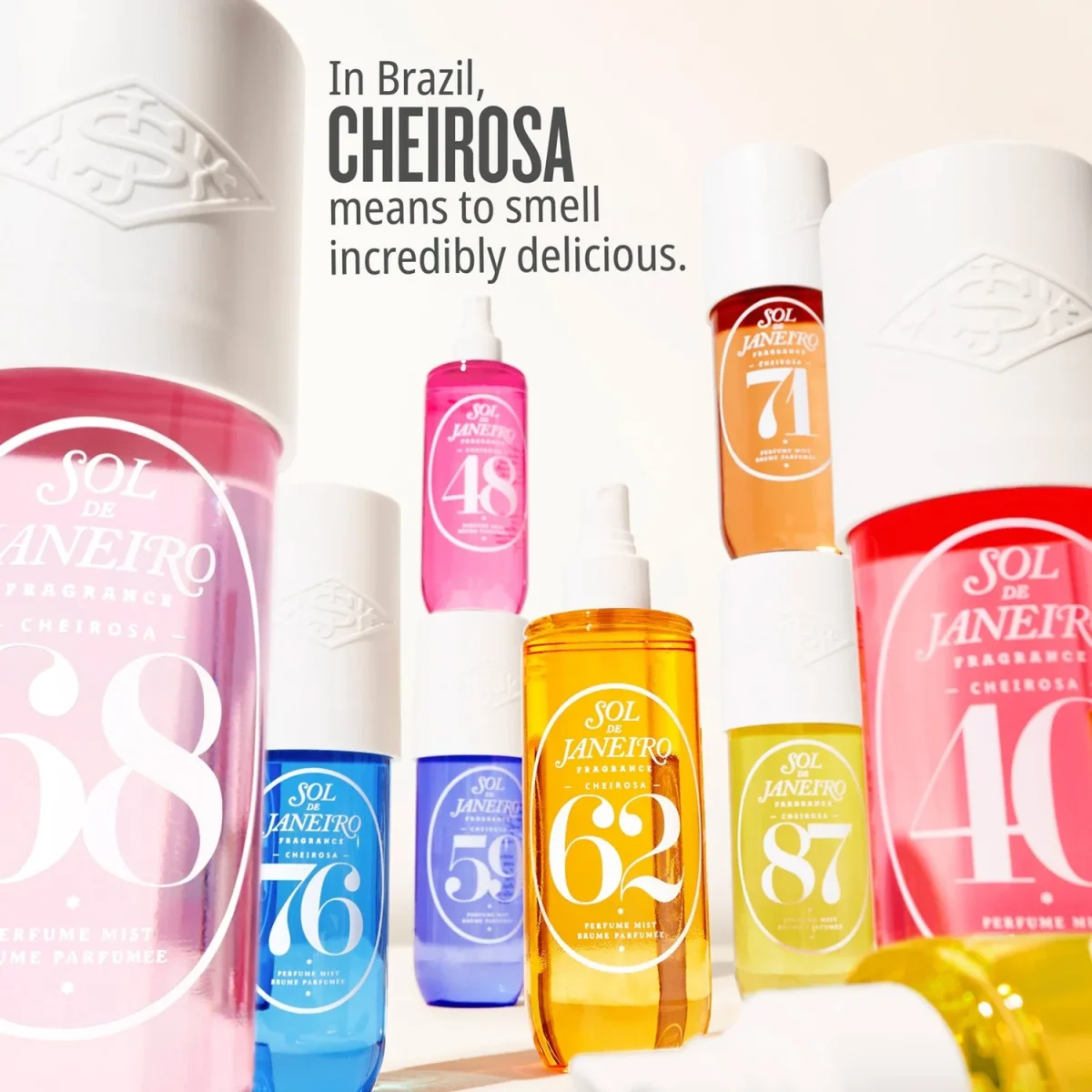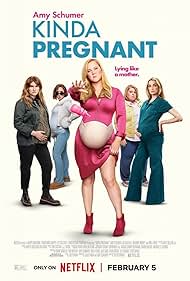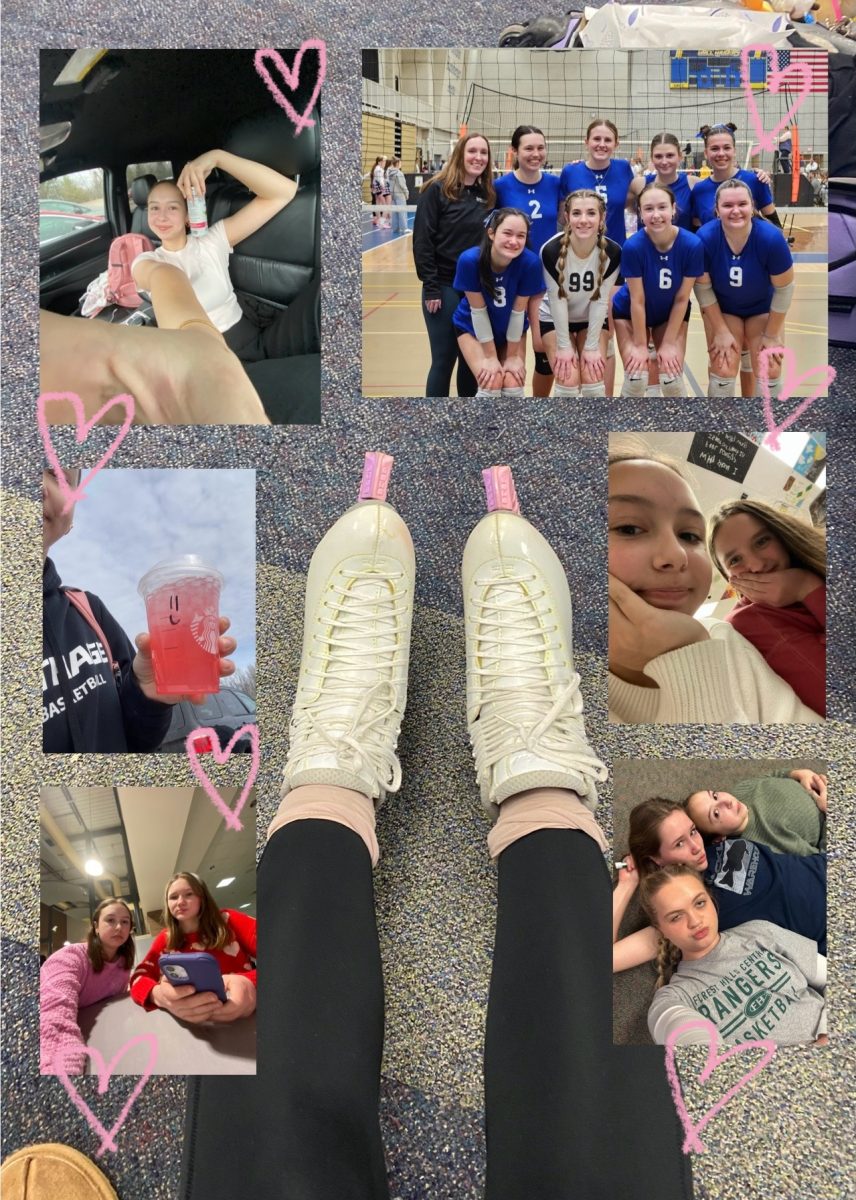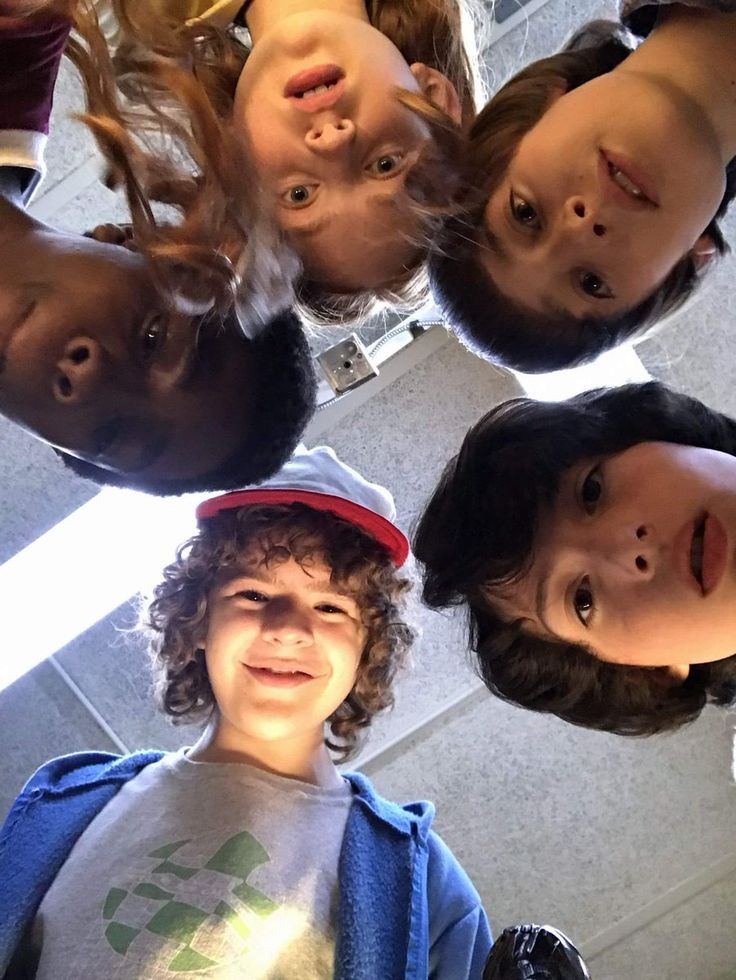Coloring the World
My whole school goes crazy for it: the Red Game. Everyone knows about it, and for a very good reason. Cancer and heart disorder awareness are most certainly worthy causes for all of the attention we give it. I’m not trying to take attention away from the work our school committee has done or the money they have raised. But if I asked about green or orange, would you know their purposes? To answer, orange is the color of childhood hunger, and green the color of mental health awareness.
Don’t you think that are other causes out there that need support, too? Think about it. There are so many worthy causes that don’t get the recognition they deserve. For example, if I were to ask you what you think of when you think of pink or purple, some of the first things I know you would think of were that they are the main cancer awareness colors.
Please don’t misunderstand me when I say that we have to look a little less at our usual “worthy causes”. But there are so many other problems in our community, let alone the world, that need to be addressed. Let’s go back to the orange and green examples for a minute.
Orange is the color of childhood hunger. I work as part of a youth volunteer board at Kid’s Food Basket, and so at least once a month I head over and think of how to best show the community what’s being hidden from them. Most kids in these situations don’t want to let others know. If we’re talking just our area, 32 schools are being served by Kids Food Basket, and the average population of children receiving food in these schools is 90%. I I can guarantee children who are hungry are closer than you think, and even if they could afford it, their disadvantage can’t be treated by any chemotherapy I know of.
On to green. Green is the color of mental health awareness, including depression, ADHD, autism, and various eating disorders among other things common in teens especially. This one is the real silent killer; because while you can detect many symptoms of cancer by going to the doctor and gain necessary protein additives through a nutritionist, many don’t even know they have a mental disorder. Say we’re talking about depression; around 10% of teens suffer from it, meaning in your average class of 25, 2 or 3 have depression. And those who do know are too scared of the stigmas don’t typically seek the treatment they need. Of the 10% above, at least 50% don’t seek help.
In my eyes, we can’t always support the same things knowing there are so many others out there with problems that don’t receive any recognition. Cancer victims are always called the survivors; but in reality the technology is getting better and better for them while children are still hungry on the streets and teens still sit silently contemplating how to handle their depression or other disorder.
The diseases we all know about are known about for a reason: people are talking positively about them. So many people hear about these sorts of things, but nobody knows about the problems lurking right around the corner. So let me encourage you to look into something new. You don’t have to devote your life to it, but if one person told one or two, and those two each told one or two more, imagine the difference it would make. Find something different to support, and shed some limelight on problems that don’t often get to enjoy it.
Don’t look at me as a hater. I’ll be in the stands with all of you, enjoying one of Central’s coolest experiences and sporting my own red. I’m just asking that as you support one cause, pass on the love and think of all the other colors out there you could show off.

Caroline is in her senior year and second year on staff, and is one of three Editors in Chief. In her junior year, Caroline was the Financial Advisor and...












